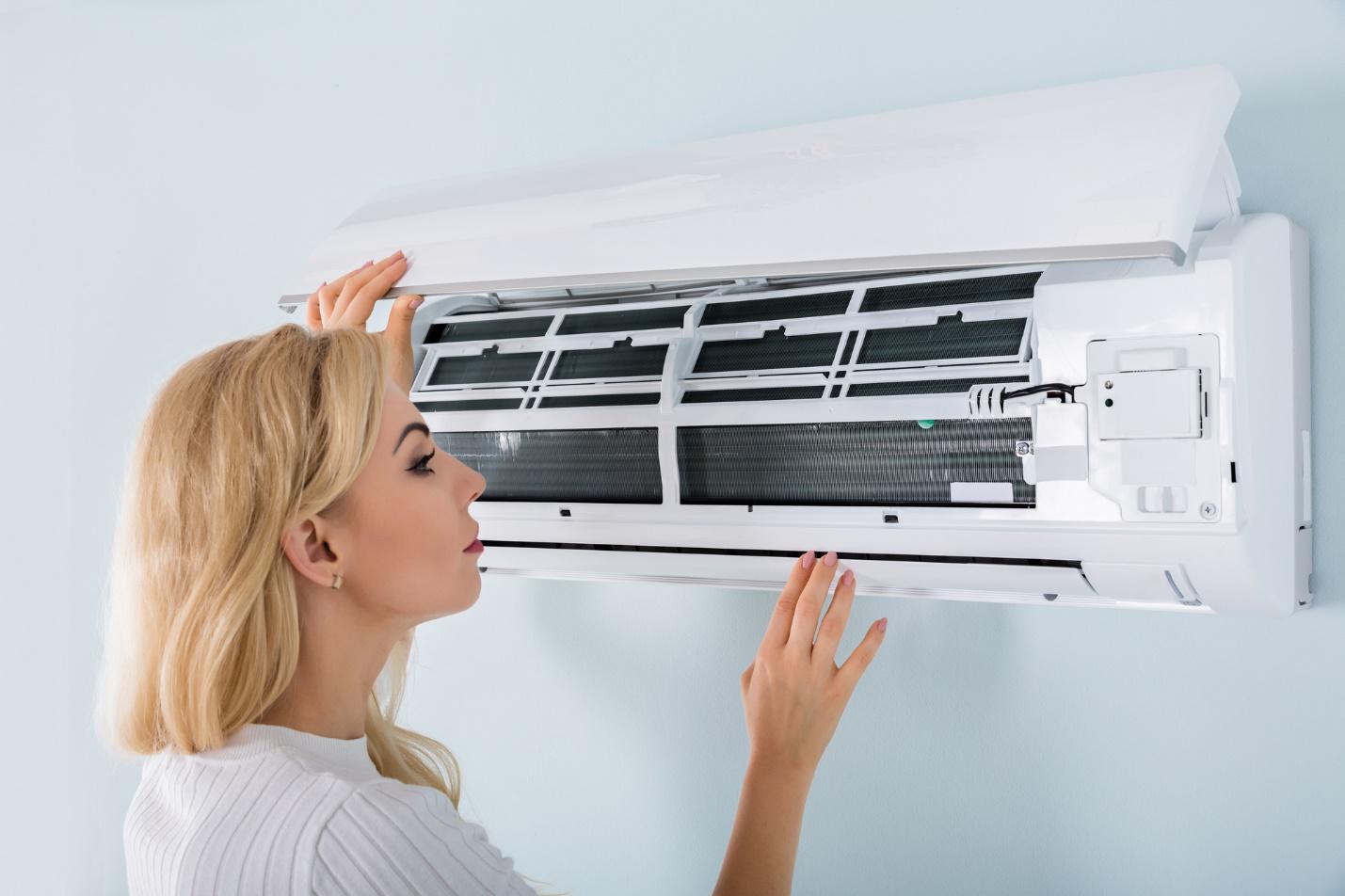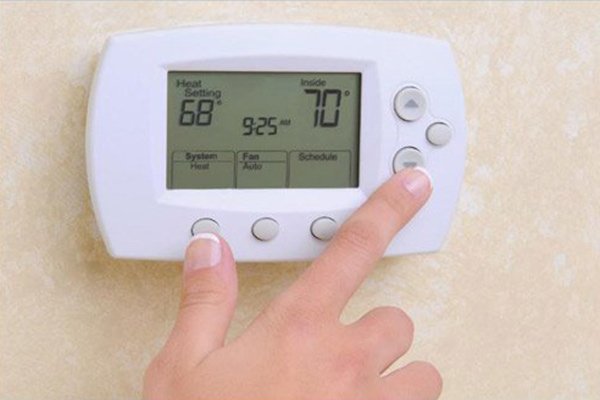Serving The Wasatch Front Area

What You Need to Know About End of Summer AC Maintenance
August 22, 2019
As
the warm weather wanes and fall is on the horizon, you don’t need
your air conditioner (AC) running 24-7. Before you switch your AC
system off for the months to come, take a look at what you need to
know about end-of-season maintenance.
Do
Home ACs Require Professional End of Summer Service?
Unless
you have expert-level knowledge of your home’s AC system, don’t
attempt to fully service it yourself. A professional technician has
the expertise, training, tools, and equipment to get the job done
correctly and safely, and this service is recommended at least once a
year.
When
Should Homeowners Schedule Service?
While
many homeowners stick to a once a year service schedule, springtime
isn’t necessarily the only time for AC maintenance. A pre-season
check is an essential part of your system’s health. This service
visit can help to make sure your unit is clean, runs efficiently, and
damage-free. Even though it’s an important appointment to make (and
keep), a late-summer or early-fall visit also has advantages.
There’s
no strict date to schedule your AC’s end-of-season service by. A
late-summer heatwave or continued warm temperatures may mean you need
to use your AC for weeks longer than expected. This could push a
pre-fall service check back into late September or even early
October.
Does
Fall Service Replace a Spring Checkup?
Think
about a fall appointment as an extra maintenance visit to prepare for
next year. This is an additional service and shouldn’t replace the
pre-season (springtime) checkup. Even though some AC systems can get
by with once yearly preventative maintenance, this extra appointment
may save you money next year when it’s time to service and use your
AC.
What
Does an End-of-Season Service Include?
An
HVAC technician will inspect your unit for damage, debris, and
anything else that requires a repair. If they find damage from
summertime use, the tech will suggest a repair or replacement plan.
While you could choose to wait until next spring to make the
necessary repair, a fall fix prepares the system in the event of an
early summer (or pre-summer) heatwave.
Specific
services most AC systems need after months of use include:
- Filter change
.
Over the summer dirt, dust, debris, and potential allergens
accumulate on the filter. A new filter provides clean indoor air and
can increase energy efficiency.
- System
inspection
.
The technician will inspect the condenser (outdoors) and the
interior unit. Again, if the technician finds damage or excessive
wear, now is the time to schedule a repair.
- System cleaning
.
The filter isn’t the only part of the AC system that gathers dust
and debris. The technician can clean your unit now and give you a
jump-start on next year’s use.
Along
with these services, the technician may recommend duct cleaning or
maintenance. This won’t only help your AC system. It can also reduce
allergens in your home and increase efficiency when you use the
central heating unit over the winter.
How
Should Homeowners Winterize the AC System?
A
clean, damage-free interior unit doesn’t require winterization. As
long as the system is inside of your home, it won’t need protection
against the cold, sleet, snow, and ice. But the condenser, which is
outside, may require winterization.
Turn
off the power to the unit completely. Remove any loose debris, such
as fallen leaves, weeds, or twigs. Some homeowners prefer to cover to
exterior part of the unit over the fall, winter, and spring months.
But this isn’t always a necessity — or the right way to go.
There
are pros and cons of covering your AC unit. A cover can protect the
condenser from the elements or a deep freeze. But it may not let air
flow freely (which can result in mold or mildew growth) and provides
a warm home for pests. Discuss your options with the AC professional
before you make a winterization decision.
Do
you need a pre-season AC check? Contact Comfort Solutions for more information or for emergency air conditioner services.
Recent News

Common Air Conditioner Mistakes That Can Cause You Problems
May 29, 2025

How to Stay Cool During the Summer Heat
April 21, 2025

When to Upgrade Your AC Systems: Benefits & More
February 25, 2025

Why Remote Workers Should Upgrade Their HVAC
February 10, 2025

Common Home Heating, Furnace Repair & Replacement Myths
February 7, 2025

Keep Your Fireplace and HVAC Systems Running Strong All Winter
December 6, 2024

